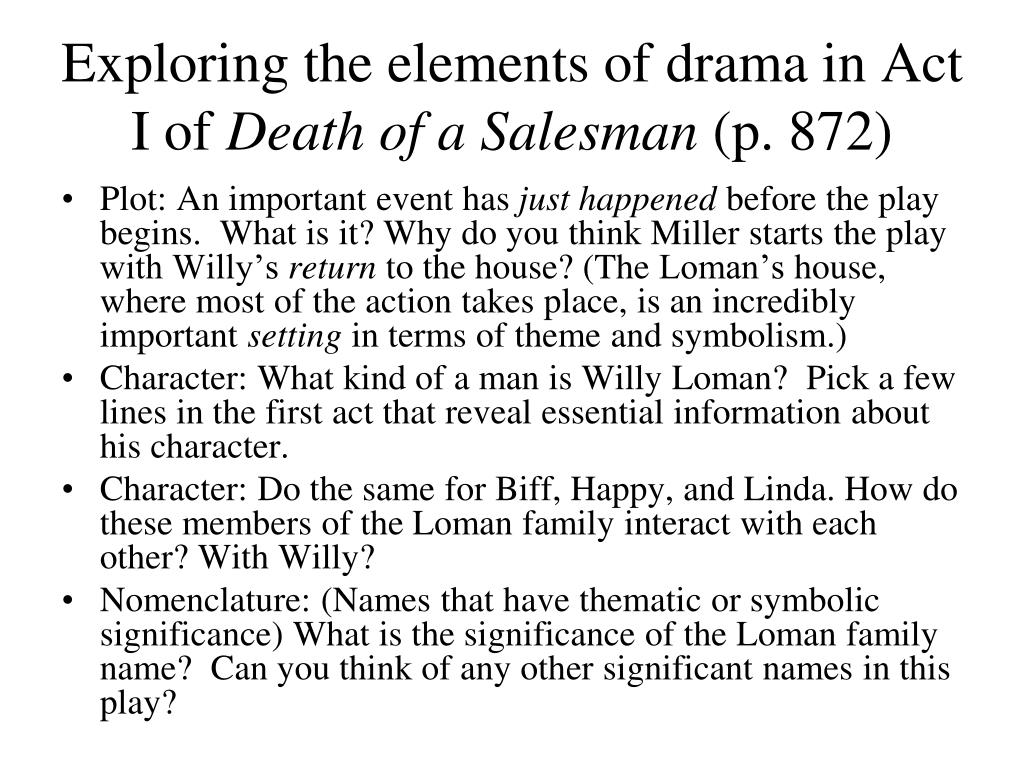


Action : textual storyboarding, perhaps above all, is about joining meaningful episodes of action together.Focus : storyboarding textual components enables meaning to be focussed in a way that allows the micro-elements to complement the macro.

Designating components of action can be a way to observe contrast and juxtaposition in the text. Without the slightest regard to a play’s chapters is to risk monotony. Juxtaposition : changes in action often demand a change of colour and tempo.

Storyboarding a script into components of action provides a much-needed sense of manageability.
Manageability : participants often see a wall of text, or a sea of arbitrary scenes and acts. Textual storyboarding involves dividing the dramatic text into beats of action: A New York Times Critic's Pick, the production in New York features a new cast of supporting actors, including Khris Davis ("Atlanta"), McKinley Belcher III ( A Soldier's Play), and Tony Award® winner André De Shields ( Hadestown).ĭirected by Miranda Cromwell – who won an Olivier Award alongside co-director Marianne Elliott for the West End and Young Vic productions – this "unmissable" (Los Angeles Times) interpretation of Miller's classic drama illuminates the dark underbelly of the American Dream and its elusive promise of equality and opportunity for all.Textual storyboarding Death of a Salesman – a vital skill for actors and theatre directors Six reasons for storyboarding a play: Olivier Award nominee Wendell Pierce ("The Wire," "Jack Ryan") and Olivier Award winner Sharon D Clarke ( Caroline, or Change "Doctor Who") reprise their roles as Willy and Linda Loman in a story told – for the first time on Broadway – from the perspective of an African American family. Following a critically acclaimed run in London, "a volcanic new Death of a Salesman has erupted on Broadway” raves The Washington Post.








 0 kommentar(er)
0 kommentar(er)
